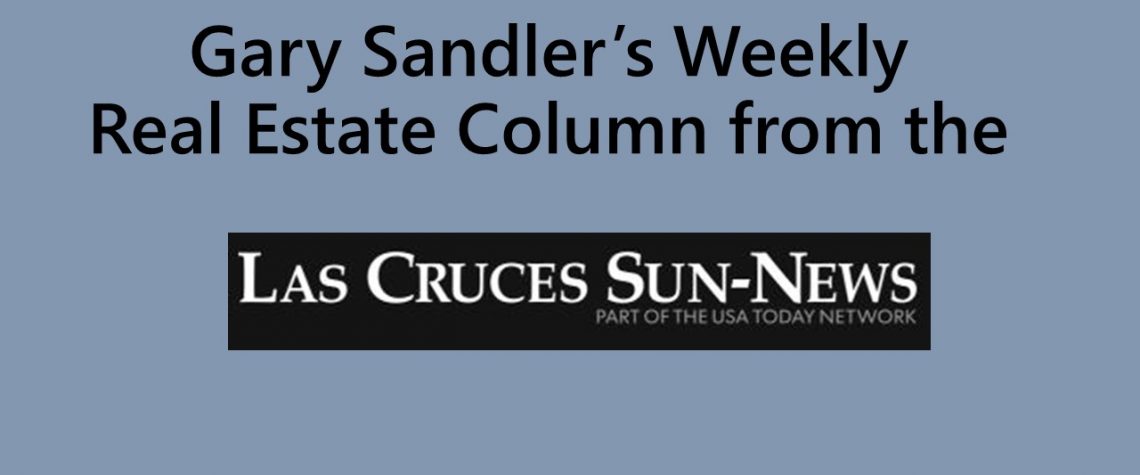-
 Dec 04, 2016 Fence-sitters beware; mortgage rates are on the rise
Dec 04, 2016 Fence-sitters beware; mortgage rates are on the risePublished 4 December 2016
Between Monday and Wednesday of each week, the Federal Home Loan Mortgage Corporation (aka Freddie Mac) collects mortgage pricing data from approximately 125 U.S. mortgage lenders. The survey, which is published each Thursday, details the average rates and points lenders are charging that week for their most popular 30 and 15-year fixed-rate and 5/1 Arm conventional mortgage products. The results published over the past few months have shown that mortgage rates are definitely on the rise.
After peaking at 4.09 percent in mid-July of 2015, 30-year rates remained in the “high-threes” until declining to a 12-month low of 3.41 percent during the first week of July 2016. By the last week of November, the rate had risen by 62 basis points to 4.03 percent. A basis point is to a percent what a penny is to a dollar. On the 15-year side, rates hovered between 2.9 and 3.1 percent for the majority of 2015 and into early 2016 before dropping to 2.74 percent in July of this year.
Since then, the 15-year conventional rate has risen by 52 basis points to today’s 3.25 percent. “Rates for government loans, such as FHA and VA, are priced around one-half percent below conventional rates”, said Eddie DeArmond, assistant vice president and mortgage loan officer at Citizen’s Bank in Las Cruces. Prospective borrowers who are rate conscious might want to look into those alternatives when shopping for a loan.
So, where do we go from here? Many prognosticators are betting that rates will continue to rise. In the November 5th issue of USA Today, IHS Markit Chief Economist Nariman Behravesh was quoted as saying, “The likelihood of a Fed rate hike in December is now very high,” HIS Markit is a financial services company that assists businesses and governments with their decision-making processes. The next Fed meeting is scheduled for December 13th and 14th.
It doesn’t take a rocket surgeon to realize that higher annual mortgage rates translate to higher monthly mortgage payments. The monthly principal and interest payment for a $150,000, 30-year loan at 3.5 percent is $673.57. Increase the rate to 4.0 percent and the payment rises by $42.55, to $716.12. At 5.0 percent, the payment jumps to $805.23. A hike of 1.5 percent may not seem that ominous but it requires that borrowers earn an extra $439 per month, or $5,268 annually, to qualify for the loan.
Are fence-sitters who have been waiting for rates to bottom-out becoming motivated to purchase or refinance before rates rise any further? It appears they are, according to the Mortgage Bankers Association (www.mba.org). The MBA reported on November 23rd that mortgage applications for the week ending November 18th rose 5.5 percent over the previous week.
If you’re one of them thar fence-sitters, you may want to think twice before you postpone that purchase or refinance any longer.
See you at closing.
Gary Sandler is a full-time Realtor and president of Gary Sandler Inc., Realtors in Las Cruces. He can be reached at (575) 642-2292 or Gary@GarySandler.com.
About author
-
-
About Author
Gary Sandler
-
© 2022 Gary Sandler - Website Developed by: Digital Solutions